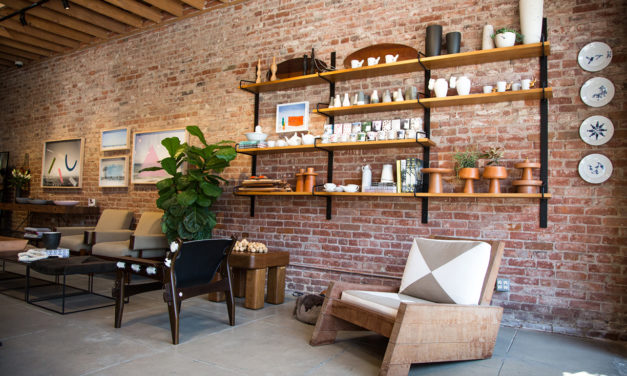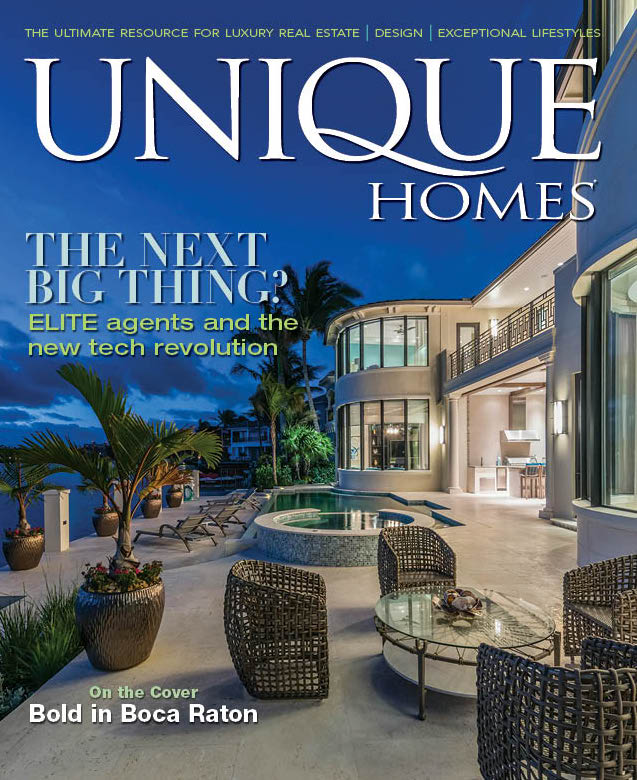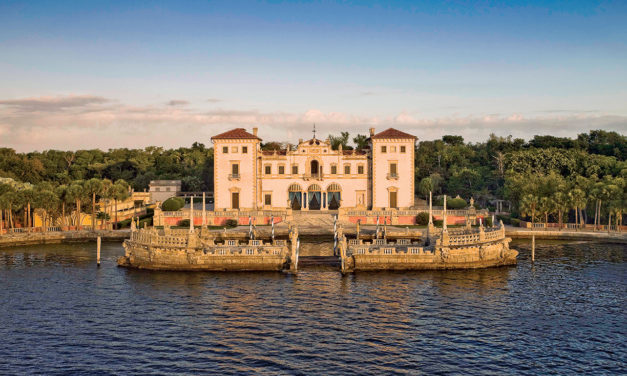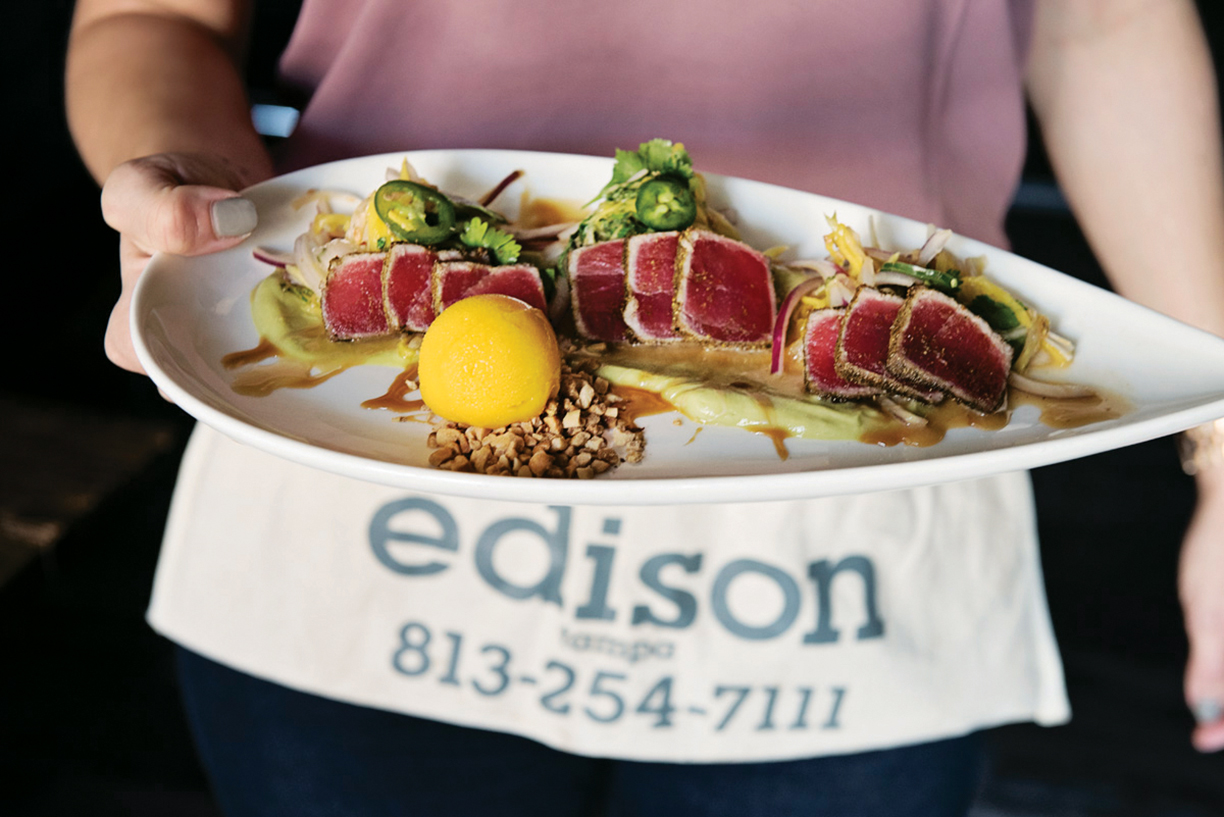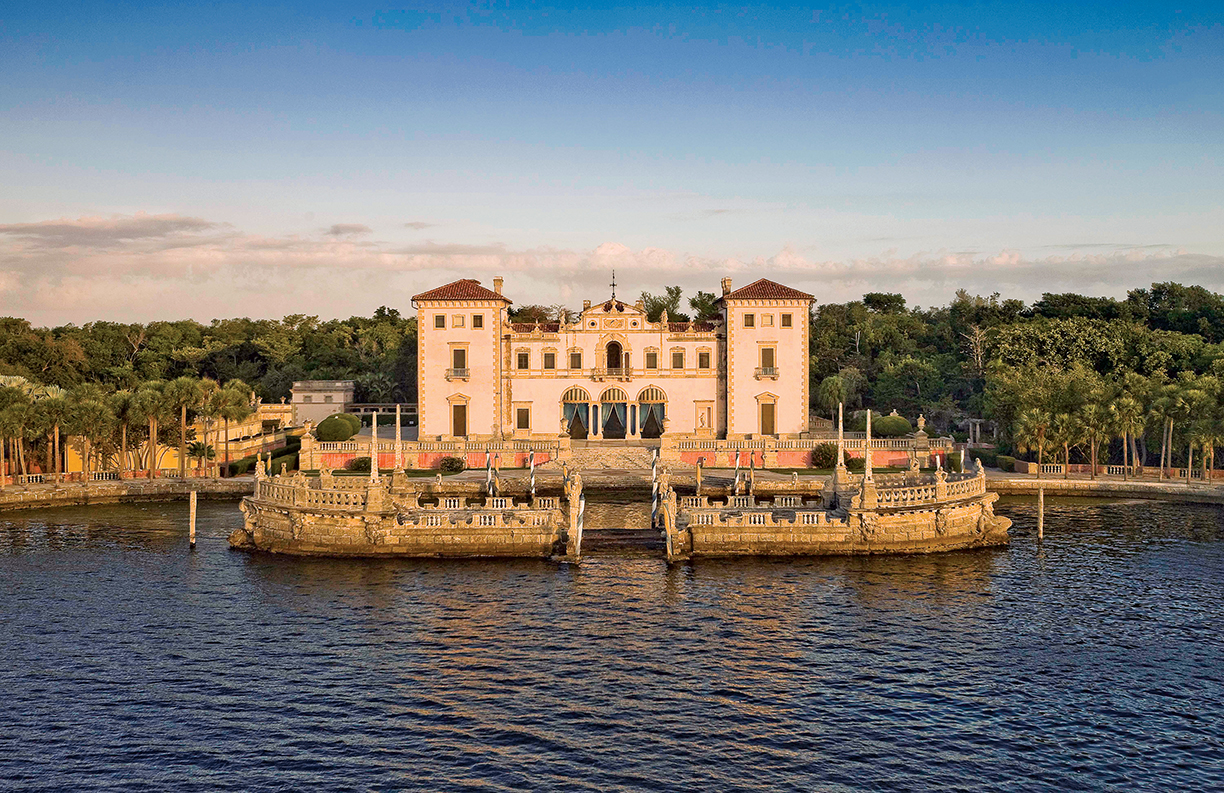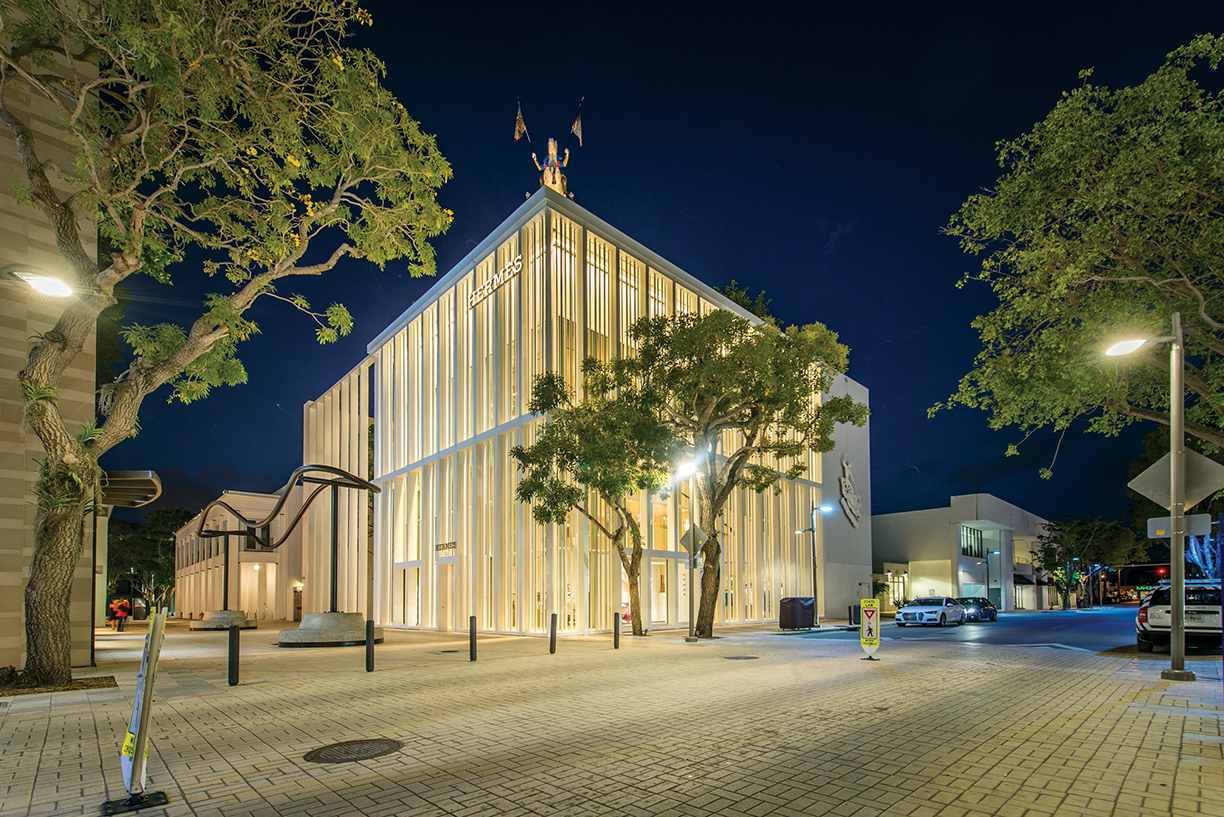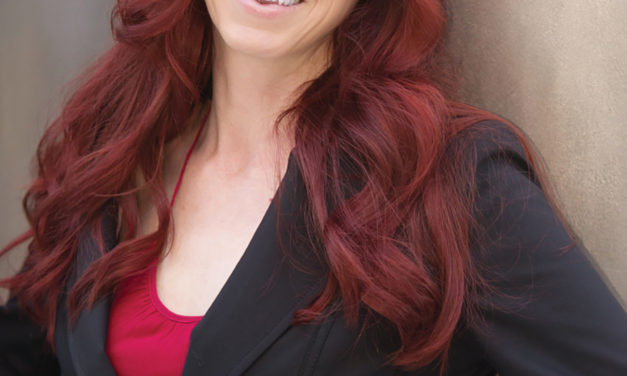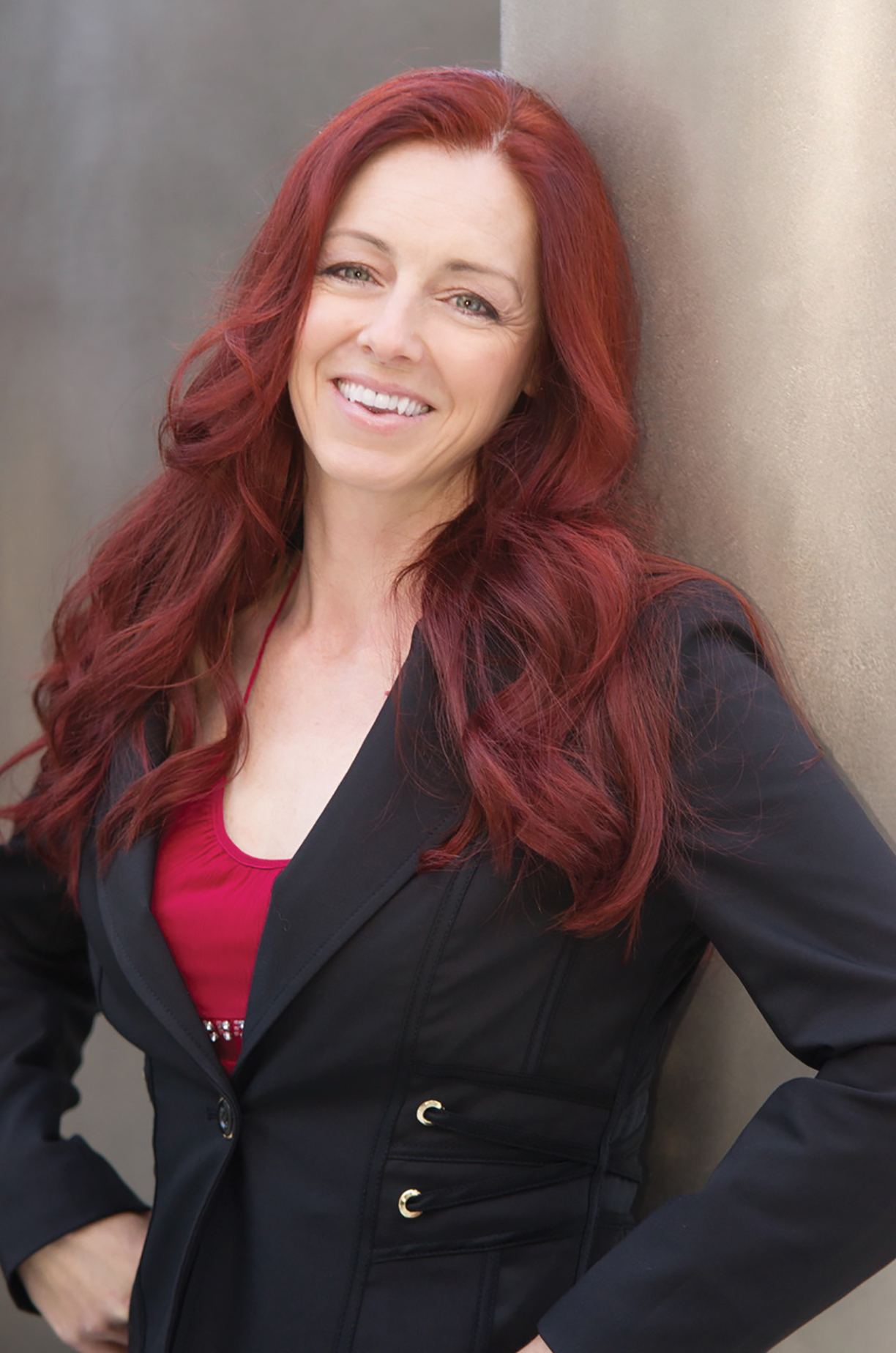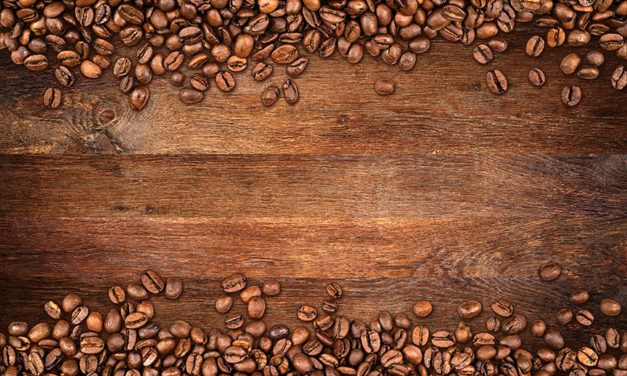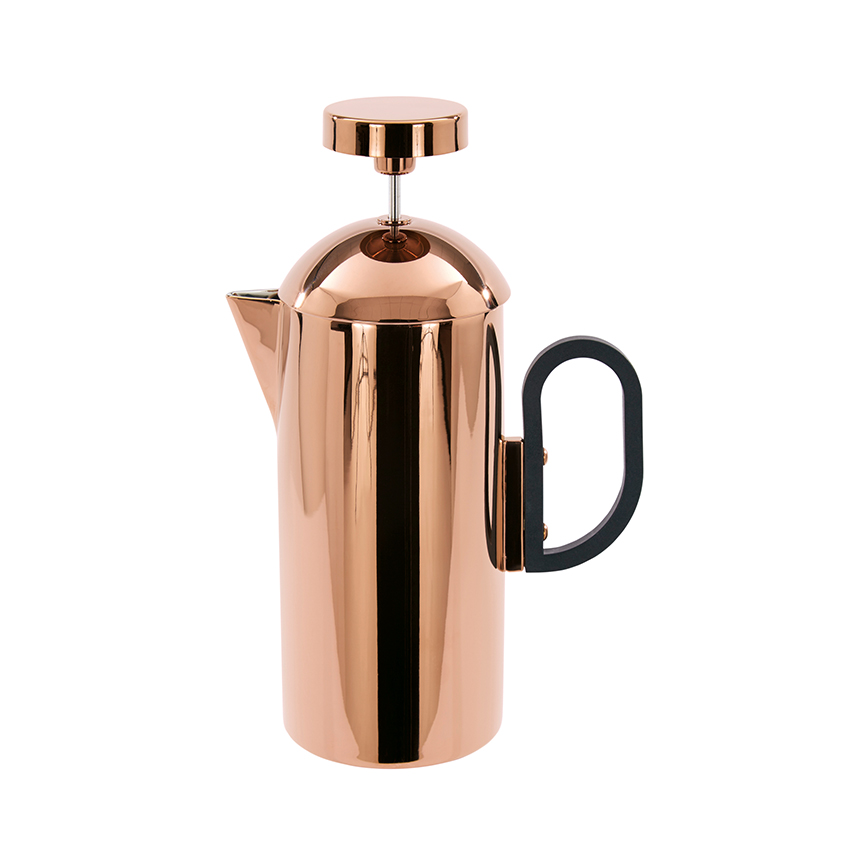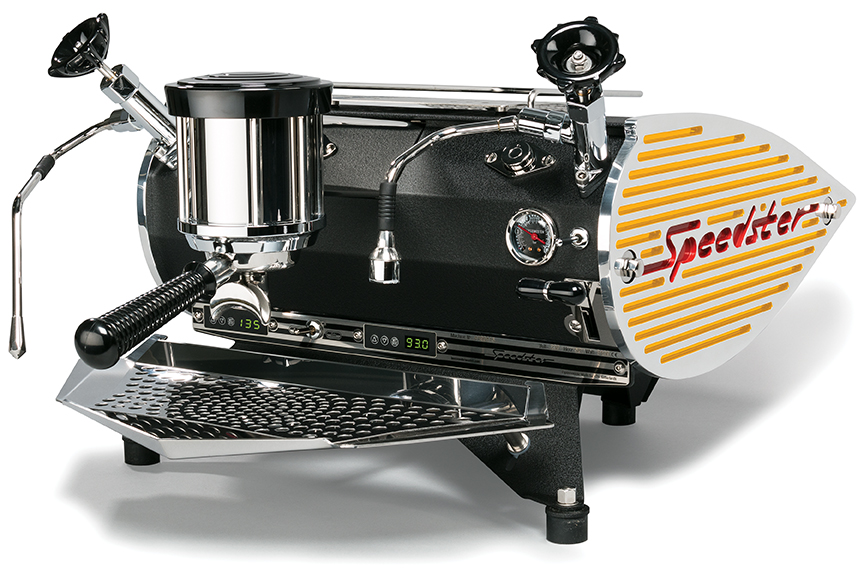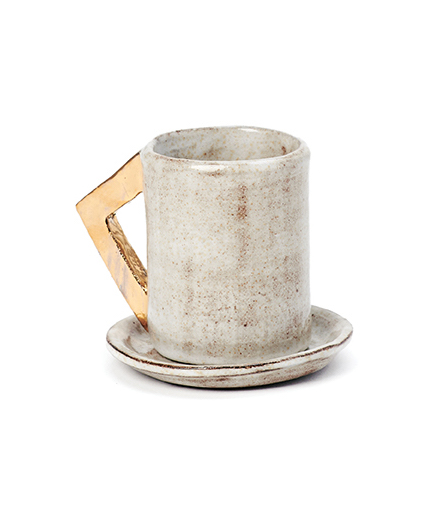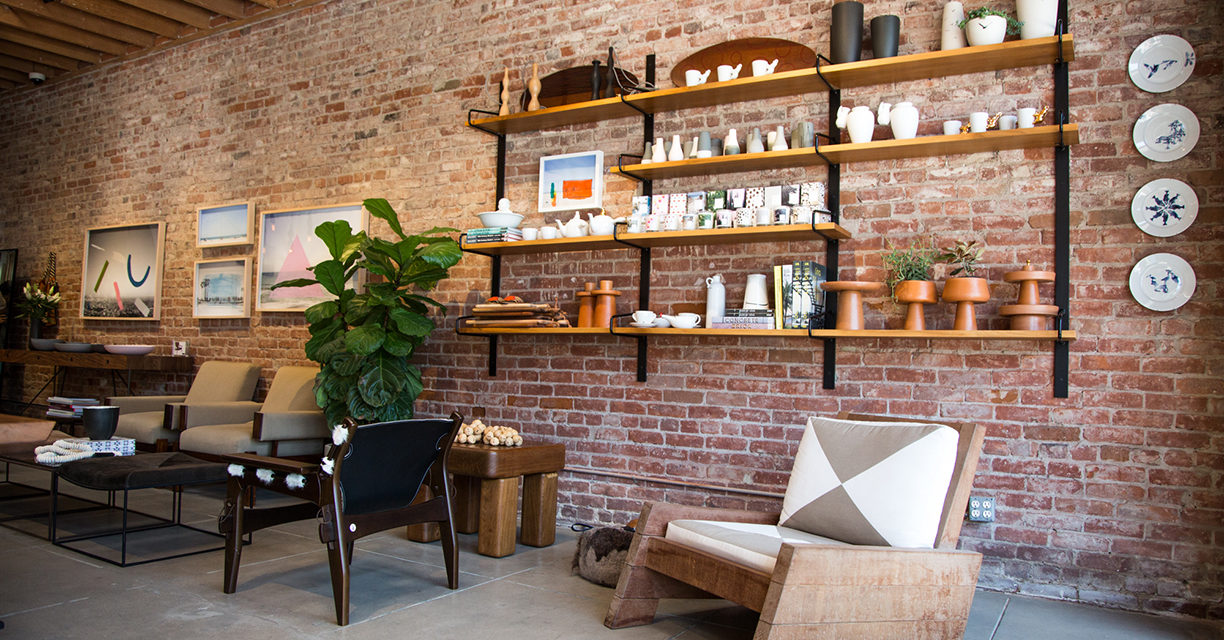
Demand for Mid-Century Modern furniture continues to be strong, but while Scandinavia steals the spotlight, savvy collectors are heading south — to Brazil.
By Roger Grody
With its sexy, timeless aesthetic, Mid-Century Modern design, whether architecture or home furnishings, has been hot for decades. Pieces from Europe and the U.S. dominate the market, but some incredible work from Brazilian designers has gone relatively unnoticed. The world is discovering that Oscar Niemeyer, Brazil’s most famous modernist, had plenty of company.
“I believe the mix of cultures that make Brazil — we are, after all, a country built by immigrants — give us a particular charm, a natural flair,” says Carlos Junqueira, founder and president of Espasso. A preeminent source for Mid-Century Modern Brazilian art, furniture and accessories, the New York-based gallery has branches in Miami and London. “With globalization, Brazilian designers have begun developing a strong design identity,” says Junqueira, explaining that the appeal of the genre transcends borders and cultures.
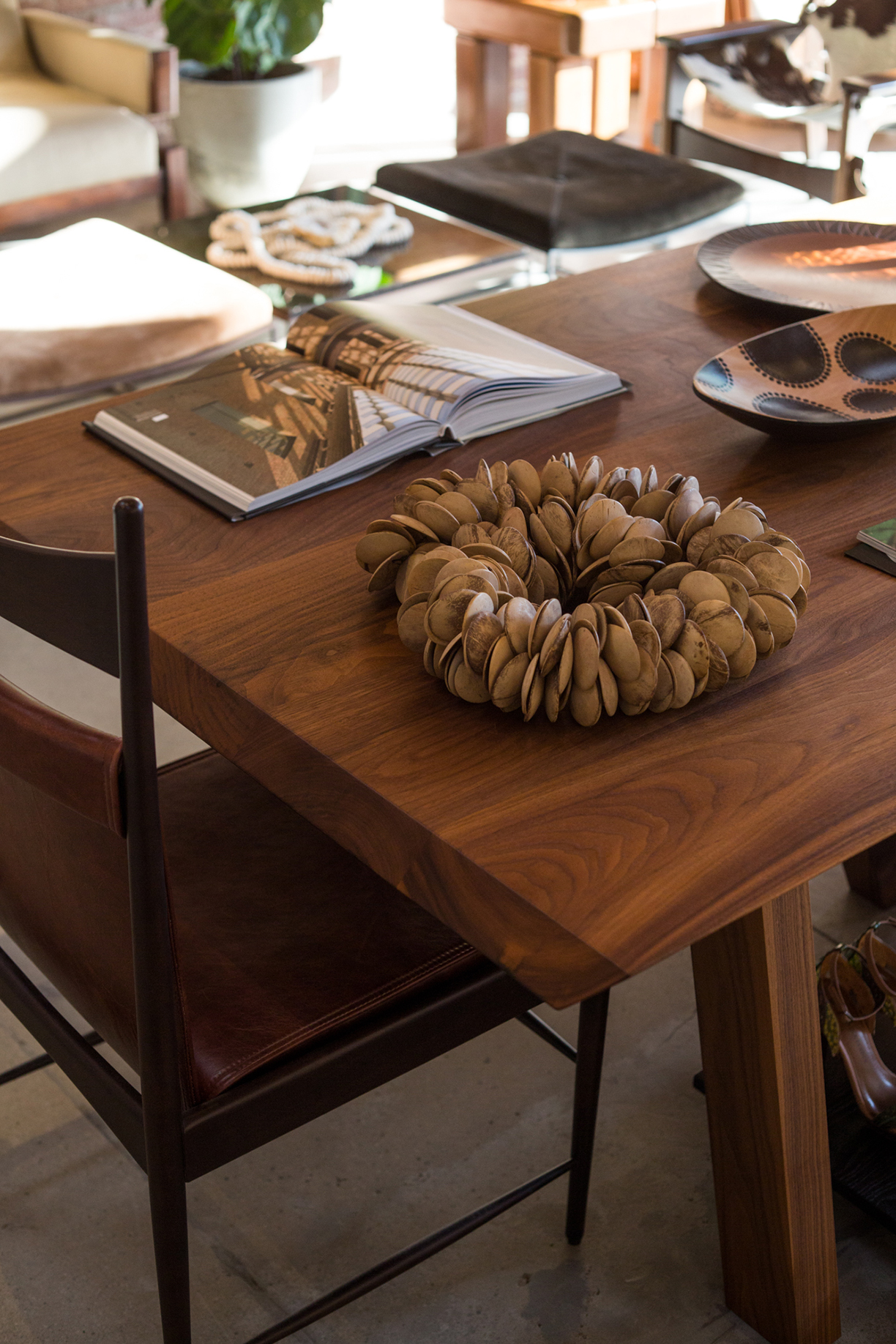
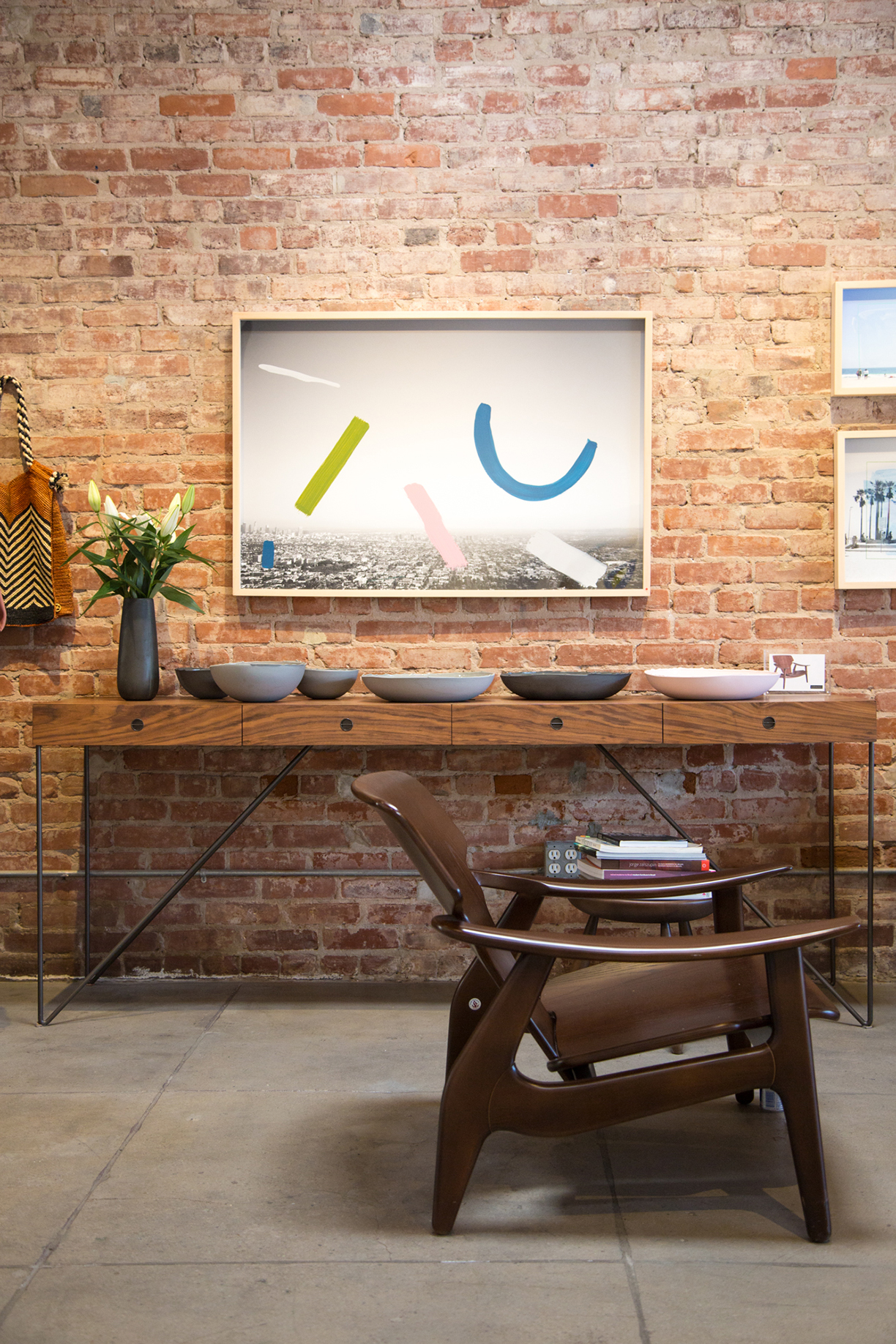
The Dinamarquesa armchair was designed by Polish-born Jorge Zalszupin, one of the Brazilians that comprised a robust creative community in the South American nation after World War II. When Niemeyer was designing Brazil’s new national capital of Brasilia, he recruited Zalszupin to create furniture for the futuristic governmental complex.
Featuring leather cushions supported by a sleek, delicate frame of imbuia (a Brazilian wood resembling walnut), the 1959 chair reflects the Mid-Century Modern aesthetic that was sweeping the globe and, in fact, Dinamarquesa means “Danish” in Portuguese. When viewing these timeless pieces of Brazilian furniture, it is easy to forget that some of them were designed more than 60 years ago.
The Asturias rocking chair is personally handcrafted from sustainable materials by São Paulo designer Carlos Motta. It is a study in simplicity but a dramatic and formidable piece of furniture, with bold red-and-olive cushions embedded in a solid, planked frame. Through its use of reclaimed itauba-preta wood and minimal machine cuts to reduce its environmental impact, this indoor-outdoor chair has been lauded for both design and sustainability.
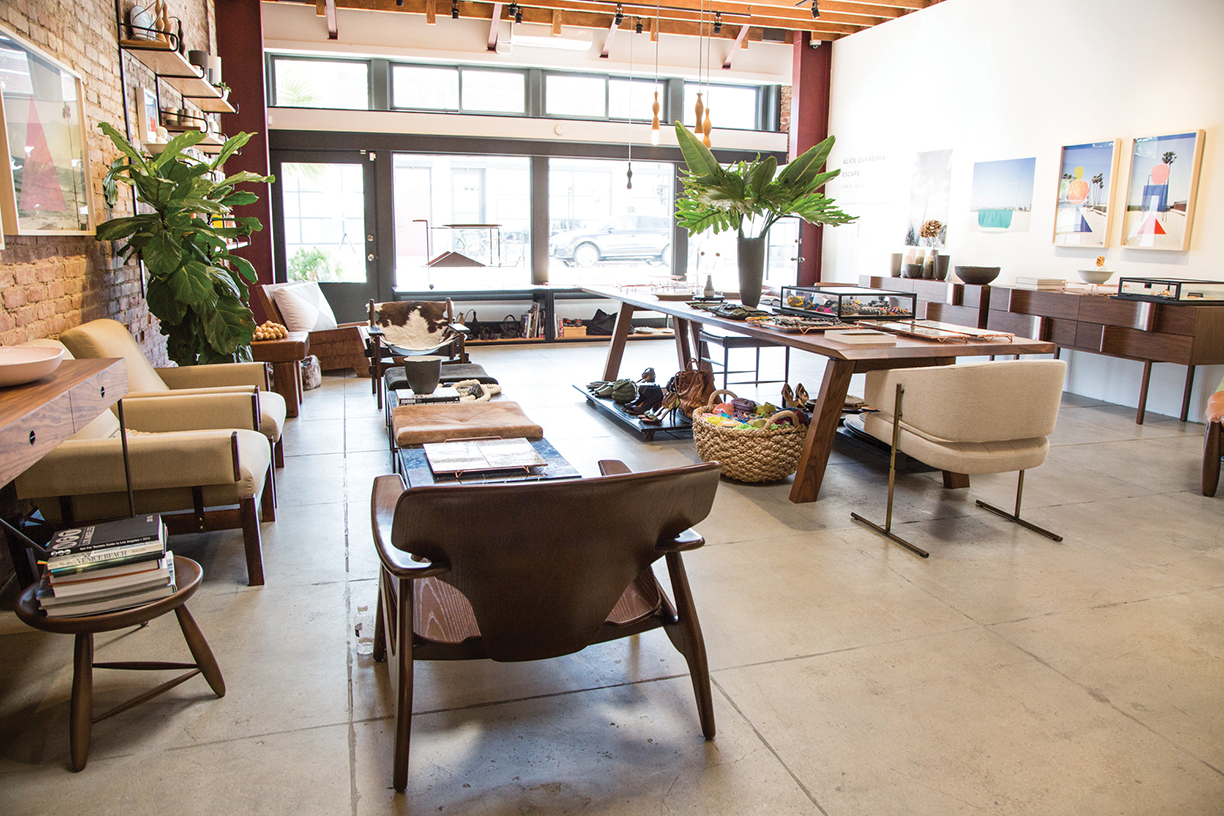
From contemporary São Paulo-based architect Arthur Casas is the Ondas sideboard, which features a unique rippled edge. Crafted from American walnut, this piece is a departure from the clean, angular features that characterized the structures Casas designed earlier in his career.
On a quiet stretch of Pacific Avenue in Los Angeles’ once-bohemian, now-trendy neighborhood of Venice is Le Magazyn, where founder Ana Kozak celebrates design of all kinds from her native Brazil. In addition to shoes, jewelry and art is a collection of Mid-Century furniture designed by some of her country’s great modernists.
Kozak, who moved with her family from São Paulo to L.A. seven years ago, has transformed a 1,000-square-foot storefront into a combination furniture showroom, fashion boutique and exhibition space. Pendant lamps from São Paulo’s Estudio Manus hang from exposed beams while merchandise is displayed on a walnut table designed by Brazilian modernist Claudia Moreira.
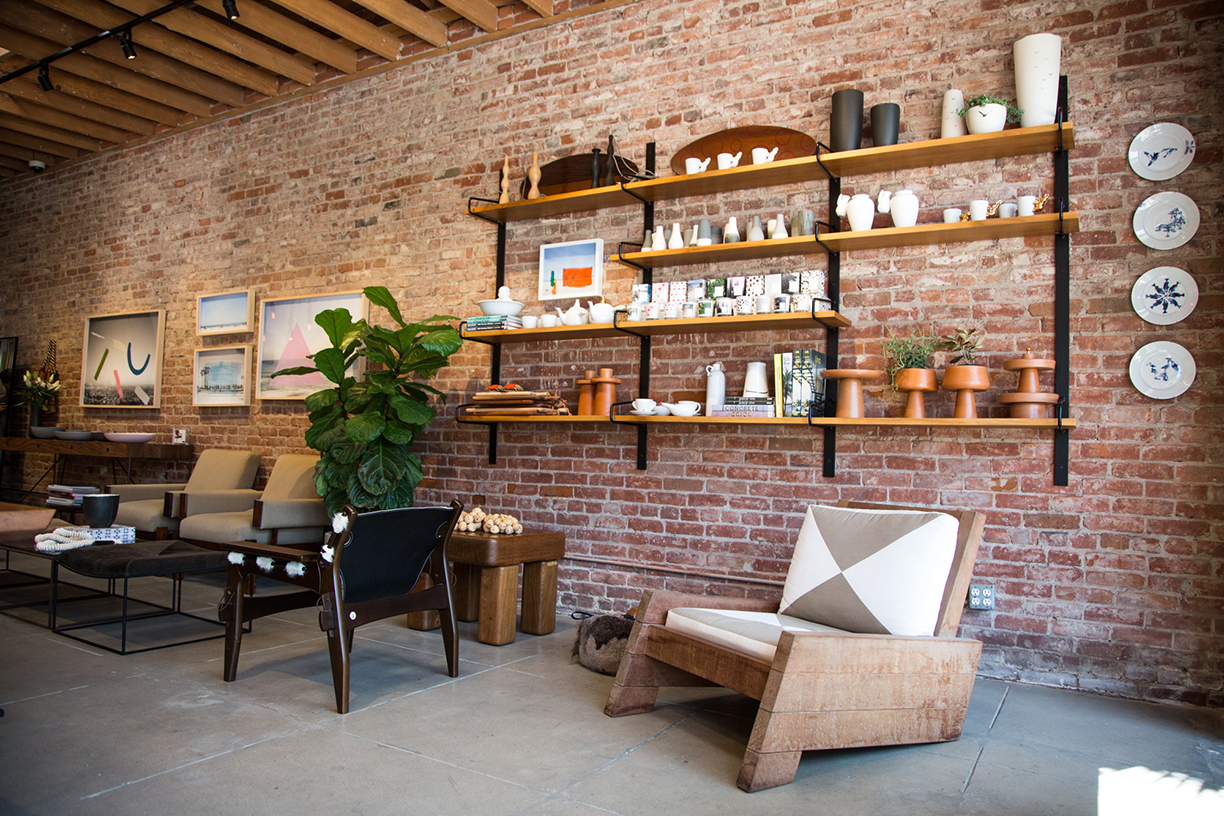
Because Le Magazyn is Espasso’s representative on the West Coast, Kozak is able to fill her intimate showroom with a selection of pieces that intrigue the professional designers, local homeowners and tourists who drop by her store. “For many years the reference point for this era of furniture was Denmark, but now people searching for something new and different are discovering Brazilian Mid-Century,” says Kozak.
Le Magazyn’s walls are lined with photos from the widely published Brazilian photographer Claudio Edinger, whose aerials of a smoggy São Paulo skyline are hauntingly alluring. The work of architect/photographer Leonardo Finotti, another Brazilian fascinated by urban aerial shots, is offered through Espasso.
Atlanta interior designer Perry Walter discovered Brazilian Mid-Century Modern furniture when he was searching for a compelling coffee table for a client. While that commission involved a modern townhouse, Walter believes these Brazilian pieces can also be effective in more traditional settings.
“I think each piece is unique and can be displayed like a work of art,” says the designer, who appreciates how the style’s minimalism is warmed through the use of exotic woods and organic forms.
“The value of Brazilian furniture has been growing considerably as its recognition and desirability increases,” reports Espasso’s Junqueira, who notes that as prices rise knockoffs naturally emerge. “I’m extra-careful and attentive to every single detail related to the work I represent and the vintage selection I offer,” says the gallery founder, pleased to see Brazilian design internationally relevant and appreciated.
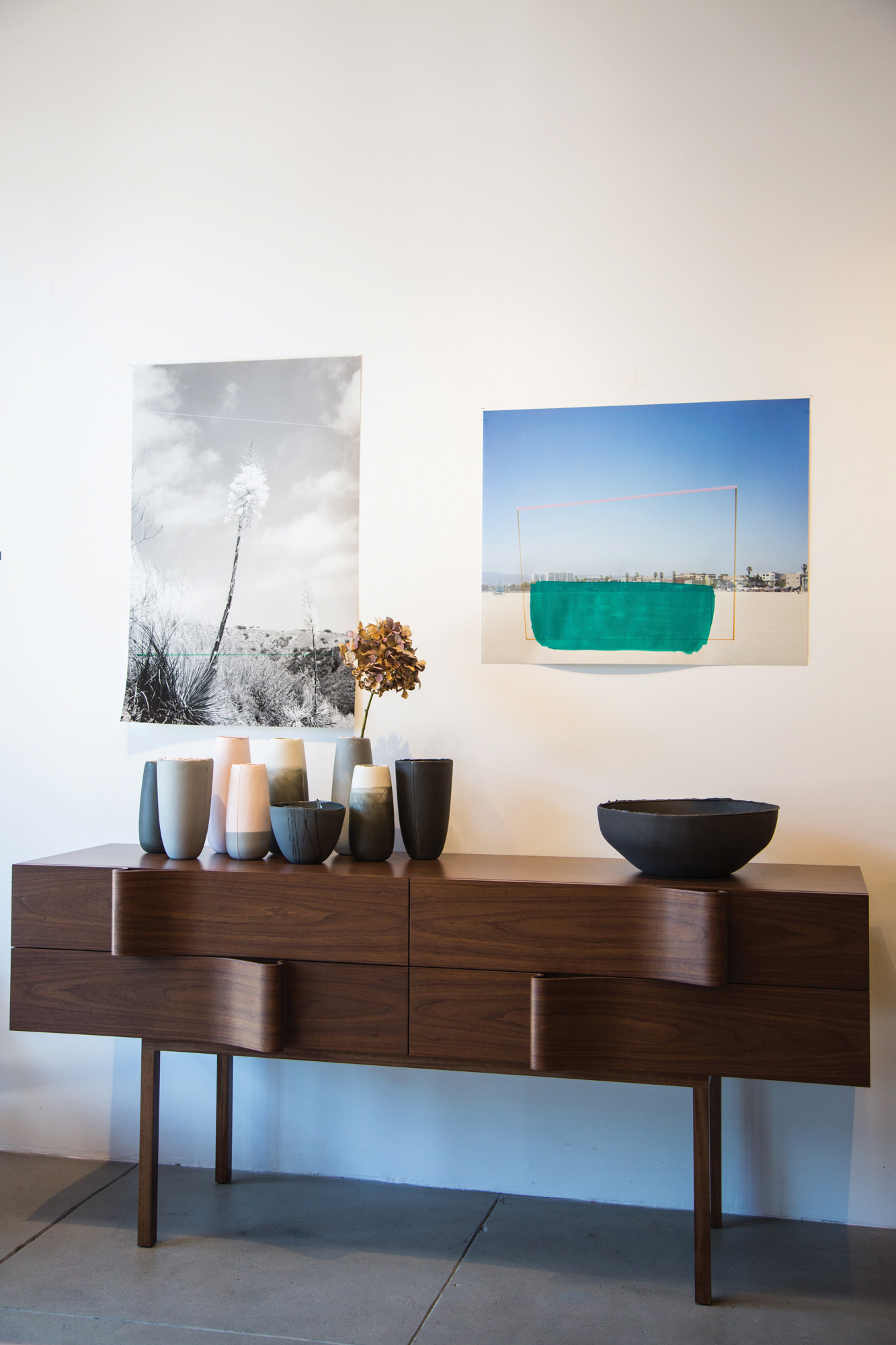
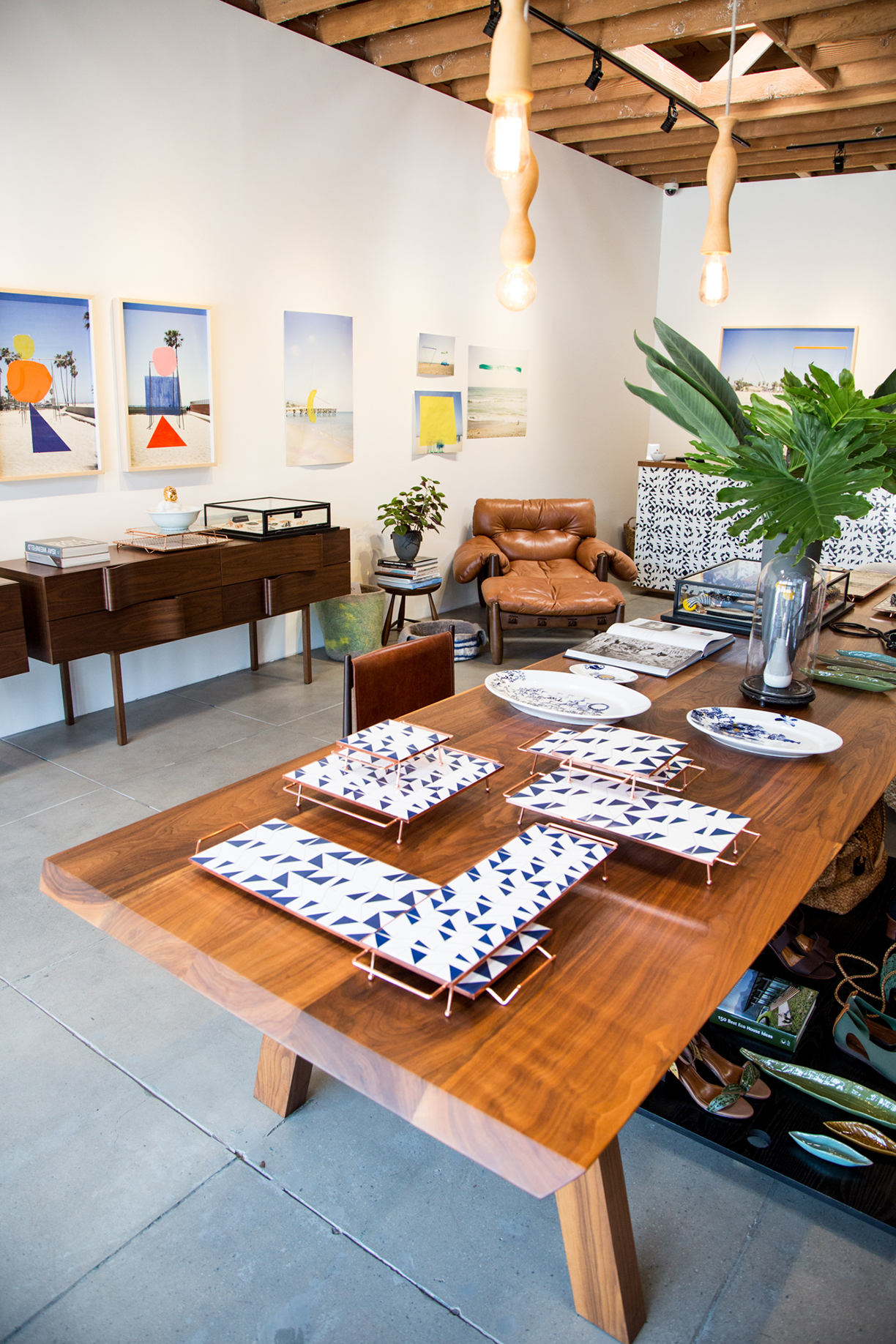
Photos courtesy of le magazyn


